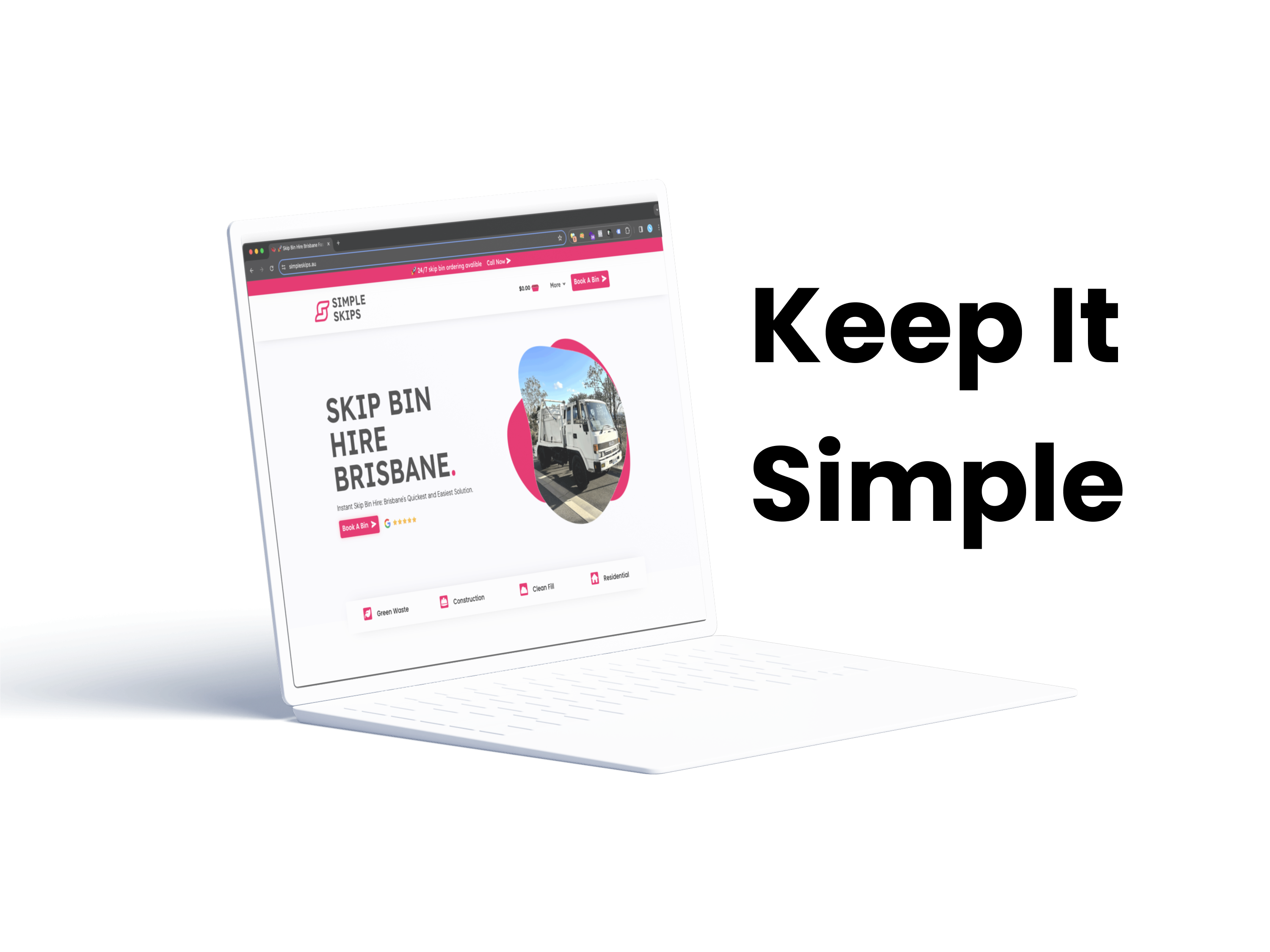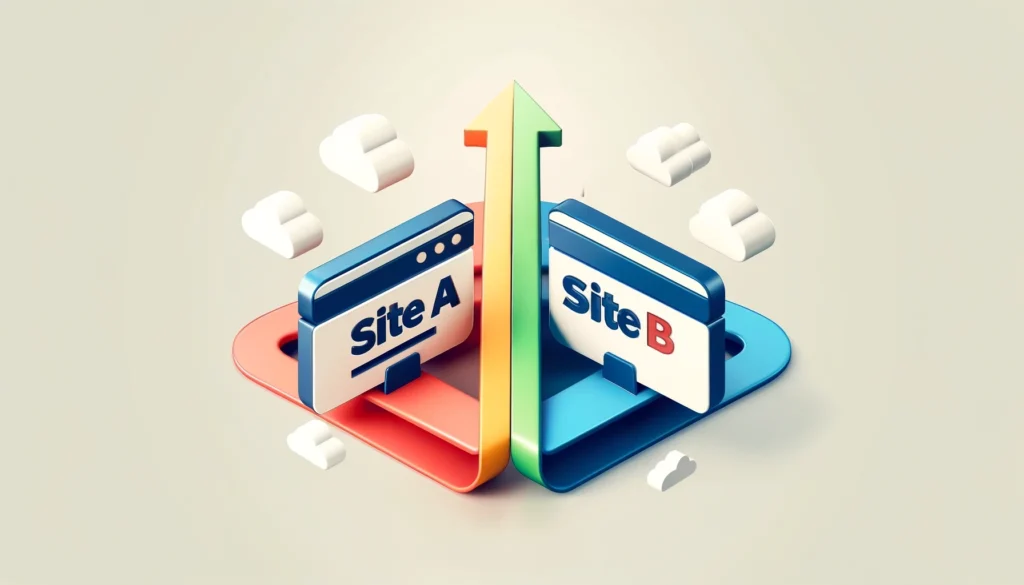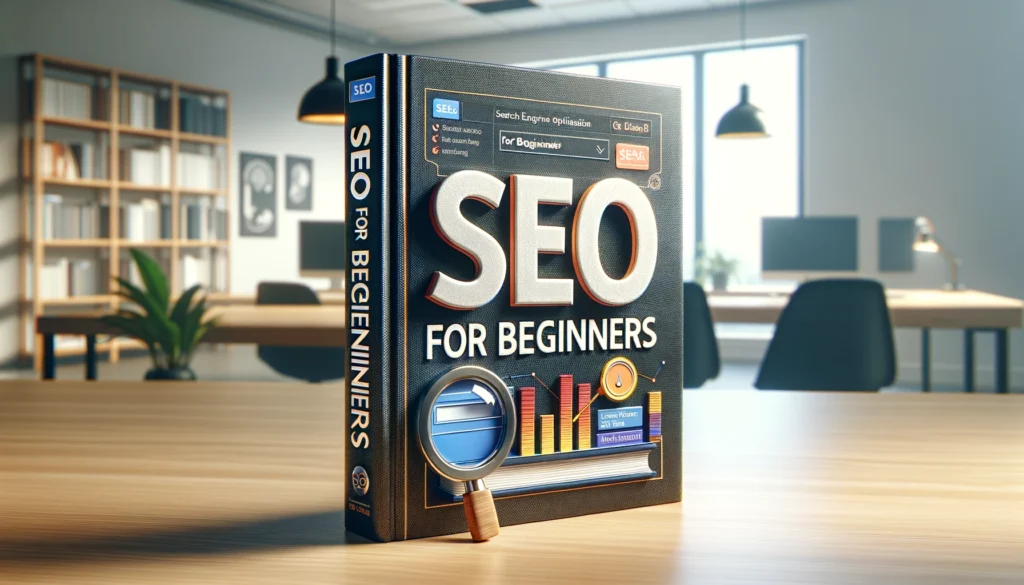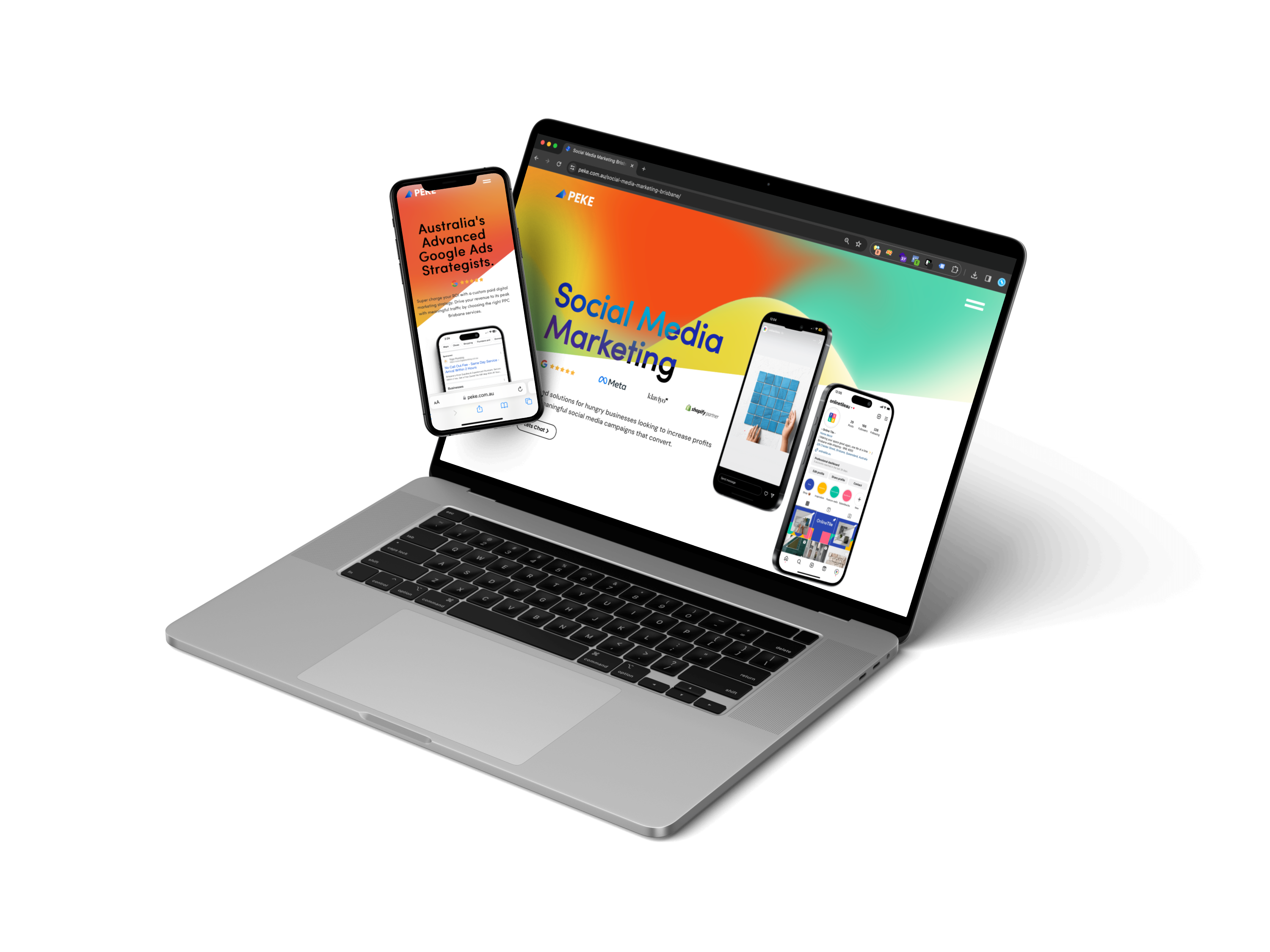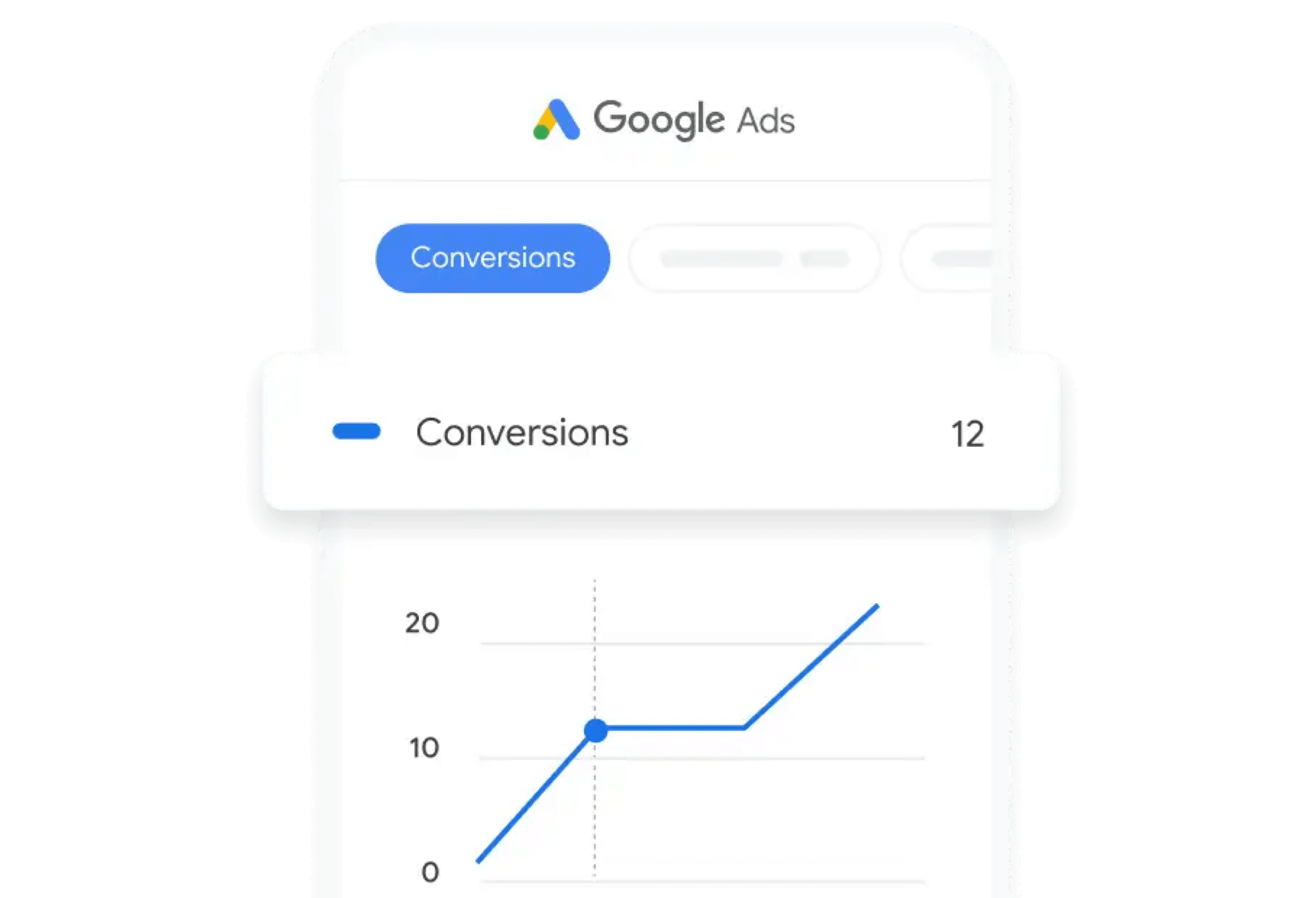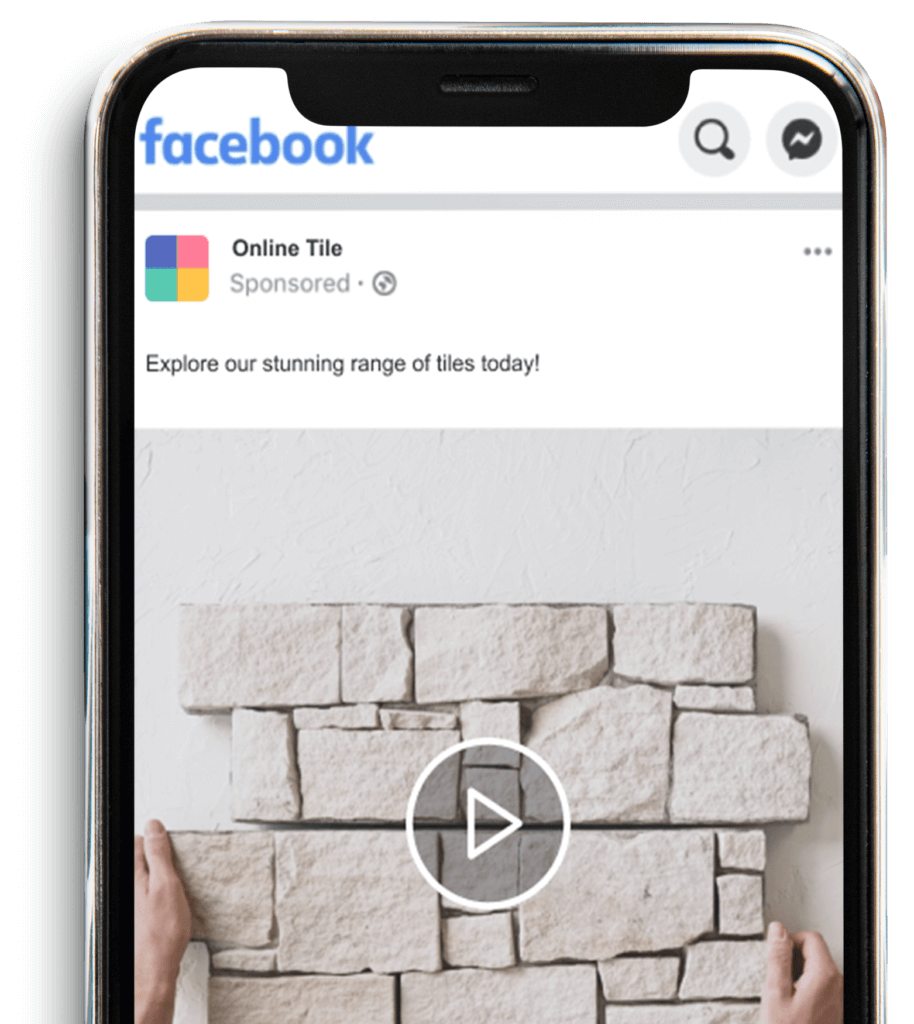Outline of the Article
Enhancing Website Speed and Performance
-
- The Impact of Design on Loading Times
-
- Techniques for Optimising Speed
Case Studies: Analysis of Simple Yet Effective Websites
-
- Real-World Examples
-
- Lessons Learned and Best Practices
Challenges and Misconceptions in Simplifying Web Design
-
- Balancing Simplicity with Functionality
-
- Overcoming Common Pitfalls
Actionable Tips for Creating Simpler Websites
-
- Content Prioritisation and Elimination of Redundancy
-
- Streamlining User Pathways and Calls to Action
Integrating SEO with Simple Design
-
- SEO Best Practices in Minimalist Design
-
- Impact on Search Rankings
Anticipating Future Trends in Web Design
-
- Emerging Technologies and Their Influence
-
- Predictions for Future Design Philosophies
Conclusion: The Enduring Value of Simplicity
Website design plays a crucial role in shaping user experiences. Simplicity, often overlooked, is a fundamental aspect of effective web design. This comprehensive exploration delves into why simplicity in design is not just a trend but a necessity for successful website development.
The Importance of Simplicity in Web Design
Simplicity in web design refers to the use of clean, uncluttered layouts and elements, focusing on essential content and functionality. It’s about making a strong impact with less, creating a positive and lasting first impression.
The Early Internet Era
Initially, websites were often over-designed, with excessive graphics, fonts, and animations, leading to cluttered and confusing user interfaces.
The Transition to Minimalism and User-Centric Designs
The shift towards minimalism was driven by a growing understanding of user experience (UX) and the importance of making websites accessible and easy to navigate.
The Psychology Behind Simplicity in Web Design
Understanding cognitive load and how users process information is crucial in creating designs that are not only aesthetically pleasing but also user-friendly.
Key Elements of Simple Web Design
Minimalistic Layouts and Design Elements
Emphasising minimalistic layouts that focus on essential content and functionality, avoiding unnecessary decorative elements.
How To Use of Colours and Fonts In Web Design
Choosing colours and fonts judiciously to enhance readability and create a harmonious visual experience.
Focused Content and Clarity of Message
Ensuring content is concise and clear, delivering the message effectively without overwhelming the user.
The Importance of Navigation in Simple Design
Creating a navigation structure that is intuitive and easy to use, aiding users in finding information quickly and efficiently.
Optimising for Mobile: A Necessity in Simple Design
Adopting a mobile-first approach, ensuring websites are responsive and provide a seamless experience across different devices.
Enhancing Website Speed and Performance
Detailing how design choices can impact website speed and performance, and sharing techniques for optimisation.
Examining real-world examples of successful simple website designs, extracting valuable lessons and best practices.
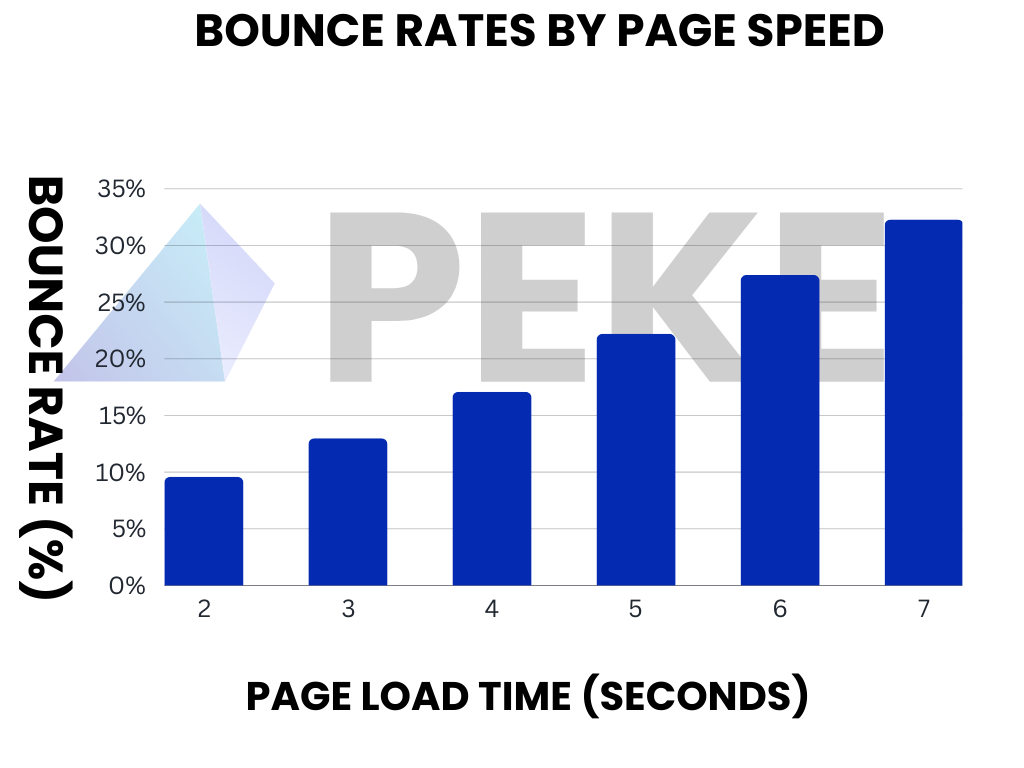
Challenges and Misconceptions in Simplifying Web Design
Discussing the challenges faced in achieving simplicity and addressing common misconceptions that can hinder this process.
Actionable Tips for Creating Simpler Websites
Offering practical advice on how to prioritise content, streamline user pathways, and create effective calls to action.
Integrating SEO with Simple Design
Exploring how minimalist design aligns with SEO best practices, positively influencing search rankings.
Anticipating Future Trends in Web Design
Speculating on emerging technologies and future design philosophies, and how they might impact the principle of simplicity in web design.
Conclusion: The Enduring Value of Simplicity
Concluding the discussion by reinforcing the timeless value of simplicity in web design, emphasising its role in creating effective, user-friendly websites.
Simplicity in web design significantly enhances user engagement. It creates a clear, intuitive user experience, making it easier for visitors to navigate and find the information they need. Simple designs reduce cognitive overload, allowing users to focus on the content rather than being distracted by complex layouts or unnecessary elements. This streamlined experience often leads to increased time spent on the site, higher conversion rates, and improved overall user satisfaction.
To maintain simplicity in web design, it’s advisable to avoid overly complex graphics, excessive use of different fonts and colors, cluttered layouts, redundant content, and overly complicated navigation structures. Flashy animations and auto-play multimedia can also detract from a simplistic design. The key is to focus on essential elements and content that directly contribute to the user’s experience and the site’s purpose.
Balancing simplicity with brand identity involves focusing on key brand elements and integrating them seamlessly into the design. Choose colors and fonts that reflect the brand, but use them strategically and sparingly. The brand’s core message should be evident through the content and overall design, but without overwhelming the user. Incorporating the brand’s identity into a simple design requires thoughtful placement and emphasis on elements that represent the brand effectively and memorably.
Simplicity in web design is particularly crucial in industries where clarity and ease of use are paramount. This includes sectors like finance, healthcare, e-commerce, and educational services, where users often seek specific information or wish to perform certain actions quickly and efficiently. In these industries, a simple, intuitive design can significantly enhance user trust and satisfaction, leading to better engagement and business outcomes.
Technological trends heavily influence simple web design. For instance, the rise of mobile internet usage has made responsive, mobile-first designs essential. Advancements in web technologies and coding practices enable more efficient, streamlined designs that load faster and provide better user experiences on various devices. Additionally, the increasing importance of SEO and accessibility standards pushes designers to create simpler, more compliant websites that are easily navigable by both users and search engines. As technology evolves, the approach to simplicity in web design also adapts, ensuring that websites remain user-friendly, accessible, and efficient.

